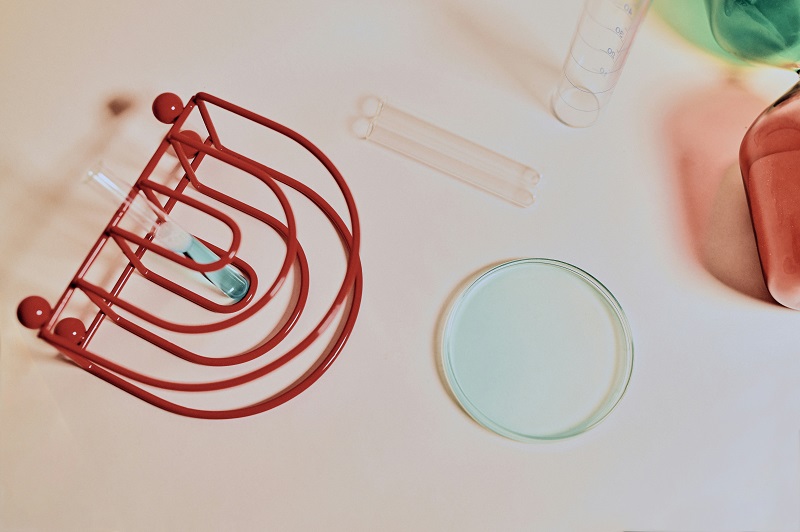Cell viability assays are essential tools in the field of cell biology and are used to determine the number of living cells within a population. These assays provide valuable information about the health and survival of cells, which is crucial in various research and clinical applications. In this article, we will delve into the different types of cell viability assays, their principles, advantages, limitations, and common applications.
What are Cell Viability Assays?
Cell viability assays are laboratory techniques used to assess the number of viable or living cells present in a cell population. These assays can be used to evaluate cell health, monitor cellular responses to different treatments or conditions, and determine the effectiveness of certain drugs or therapies.
Types of Cell Viability Assays
There are several types of cell viability assays, each with its own set of advantages and limitations. The choice of assay depends on the specific research question, the type of cells being studied, and the resources available.
Trypan Blue Exclusion Assay
The trypan blue exclusion assay is a simple and widely used method for assessing cell viability. This assay is based on the principle that live cells possess intact cell membranes that exclude certain dyes, such as trypan blue, while dead cells have compromised membranes that allow the dye to enter the cell.
MTT Assay
The MTT (3-(4,5-dimethylthiazol-2-yl)-2,5-diphenyltetrazolium bromide) assay is a colorimetric assay that measures the metabolic activity of viable cells. This assay is based on the reduction of the yellow MTT dye to a purple formazan product by the mitochondrial enzymes of living cells.
CFDA-SE (Carboxyfluorescein Diacetate, Succinimidyl Ester) Assay
The CFDA-SE assay is a fluorescent-based method that assesses cell viability by measuring the esterase activity present in live cells. This assay is highly sensitive and can be used to analyze cell viability at the single-cell level.
Lactate Dehydrogenase (LDH) Assay
The LDH assay is a biochemical test that measures the release of the enzyme lactate dehydrogenase from the cytosol of damaged or dying cells. This assay is often used to assess cytotoxicity and cell death.
Principles of Cell Viability Assays
Cell viability assays operate on different principles to distinguish between living and dead cells. These principles include:
- Dye exclusion:Live cells exclude certain dyes, such as trypan blue, while dead cells allow the dye to enter.
- Metabolic activity:Viable cells possess active enzymes that can convert certain substrates into colored or fluorescent products.
- Esterase activity:Living cells contain esterases that can cleave certain fluorescent dyes.
- Enzyme release:Damaged or dying cells release certain enzymes, such as LDH, into the surrounding medium.
Advantages and Limitations of Cell Viability Assays
Each cell viability assay has its own set of advantages and limitations. For example:
- Trypan blue exclusion assay:Advantages: Simple, inexpensive, rapid. Limitations: Requires a hemocytometer, subjective counting, may underestimate viability due to staining of dying cells.
- MTT assay:Advantages: High-throughput, quantitative. Limitations: May be affected by certain compounds that interfere with the assay, requires a spectrophotometer.
- CFDA-SE assay:Advantages: Highly sensitive, can analyze single cells. Limitations: Requires a fluorescence microscope or flow cytometer, may be affected by dye leakage.
- LDH assay:Advantages: Quantitative, can assess cytotoxicity. Limitations: May not detect early stages of cell death, requires a spectrophotometer.
Applications of Cell Viability Assays
Cell viability assays have numerous applications in various fields, including:
- Drug discovery:To screen for compounds that are toxic to cancer cells or other disease-relevant cell types.
- Toxicology:To assess the cytotoxic effects of certain chemicals or environmental pollutants.
- Stem cell research:To monitor the survival and self-renewal of stem cells under different culture conditions.
- Immunology:To evaluate the cytotoxic activity of immune cells, such as T cells or natural killer cells.
- Cancer research:To assess the effectiveness of cancer therapies and to identify cancer stem cells.
Conclusion
Cell viability assays are powerful tools that provide valuable insights into the health and survival of cells. By understanding the different types of assays, their underlying principles, advantages, and limitations, researchers can select the most appropriate assay for their specific research question and experimental design. As research continues to advance, the development of new and improved cell viability assays will be crucial for addressing complex biological questions and for the discovery of novel therapeutic strategies.




